Big, bold bearded irises are well-loved by gardeners, but if you're after something different, try one of these little beauties. Anne Blanco White, RHS Iris Committee member, selects five lesser-known irises
There's a huge range of irises available for sale, with the showy flowers of bearded irises proving a reliable and eye-catching addition to many gardens. But if you’re looking for something a little more discreet, consider a non-bearded iris.
These irises are all herbaceous plants. They need plenty of water in the growing season, particularly around the second half of March and first half of April, but by no means require a ‘damp’ soil. If they are near trees or shrubs, ‘little and often’ should be the mantra to make sure the irises get the food and not the other plants. None of these need to be grown in full sun though they all like plenty of light. Mulch well in spring when the new leaves are visible to reduce the need for watering later in the year.
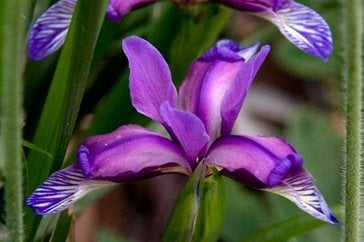 Iris graminea is one to buy, or beg, in flower to make sure that you have a well-scented form. Then plant it at the front of the border, near where you like to park your favourite garden chair!
Iris graminea is one to buy, or beg, in flower to make sure that you have a well-scented form. Then plant it at the front of the border, near where you like to park your favourite garden chair!
If you want taller ones there are plenty such as the yellow Iris ‘Wealden Canary’ which grows to about 1.2m (4ft) and will do well among shrubs which have finished flowering.
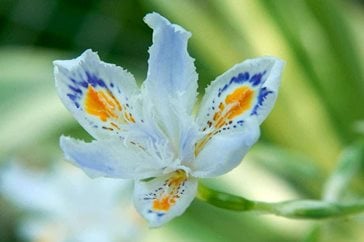 I. japonica, particularly the variegated form with creamy striping along the leaves, is of year-long garden value.
I. japonica, particularly the variegated form with creamy striping along the leaves, is of year-long garden value.
Technically, it is an evergreen, producing 45cm (18in) spikes in late spring with a sequence of pale blue flowers over some six weeks. The form with plain green leaves is sometimes sold as ‘Ledger’. Give it a friable soil, plenty of fertiliser and lots of light - even full sun.
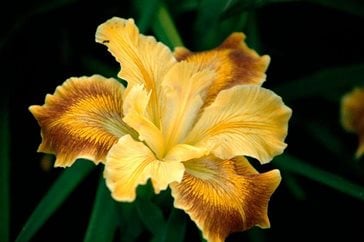 Pacific Coast irises come in a huge colour range with named varieties readily available. Don’t let the root system dry out when transferring from the nursery to flower bed.
Pacific Coast irises come in a huge colour range with named varieties readily available. Don’t let the root system dry out when transferring from the nursery to flower bed.
If they are grown on chalk, then add generous quantities of pine needles to the soil and as a mulch; they do not need to be grown in peat. They’ll grow anywhere from 30-60cm (12-24in) and are fully evergreen, but hardy.
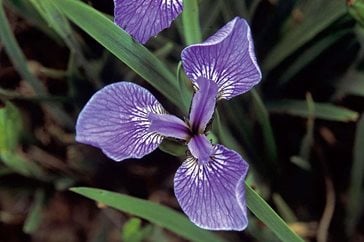 I. setosa originates from all around the Arctic Circle and of all these choices, is the one that does prefer a damp area and needs to be kept well mulched.
I. setosa originates from all around the Arctic Circle and of all these choices, is the one that does prefer a damp area and needs to be kept well mulched.
At first sight it looks rather like I. sibirica, but actually has tiny standards and is quite different though they will hybridise. There are forms varying in size from 12-100cm (6-40in) and the largest ones truly are splendid plants.
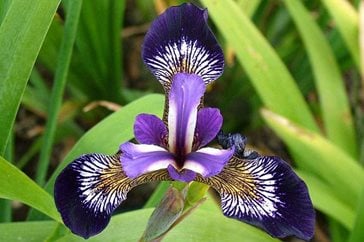 I. versicolor comes from Canada and the USA and recent breeding has produced some spectacular cultivars. It grows up to 75cm (30in) tall. One worth growing in any garden is ‘Mysterious Monique’. These are plants for damp areas, but do not need watering after flowering is over. The red-purple form I. versicolor 'Kermesina' is also very satisfying.
I. versicolor comes from Canada and the USA and recent breeding has produced some spectacular cultivars. It grows up to 75cm (30in) tall. One worth growing in any garden is ‘Mysterious Monique’. These are plants for damp areas, but do not need watering after flowering is over. The red-purple form I. versicolor 'Kermesina' is also very satisfying.
Anne Blanco White is vice president of the British Iris Society and a member of the RHS Iris Committee.

